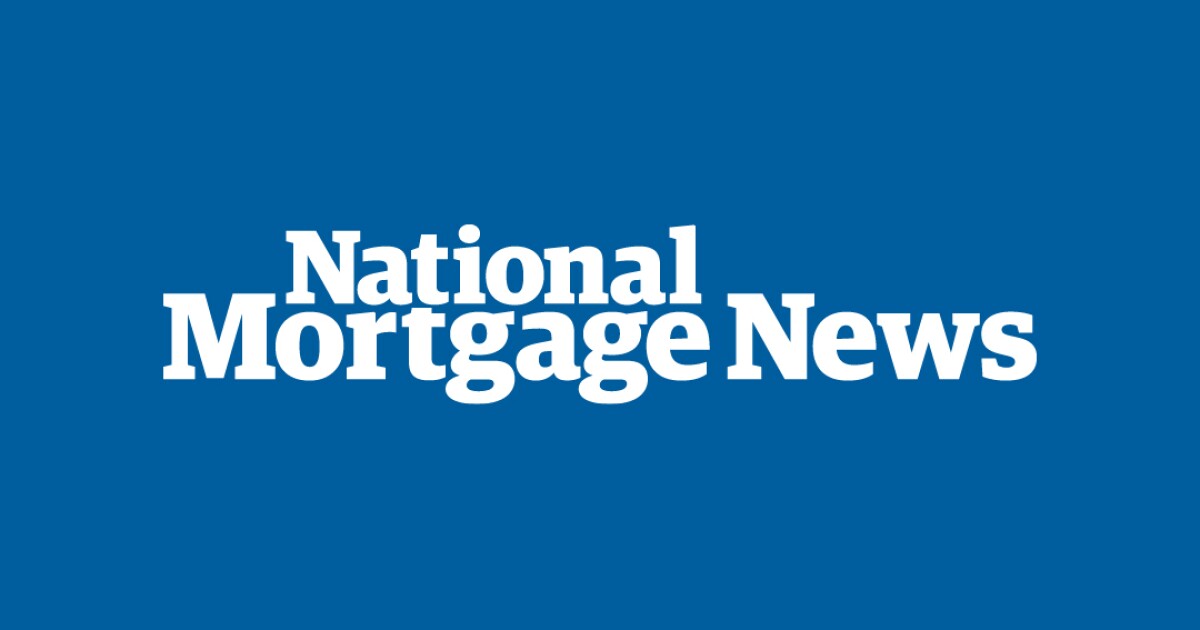
Americans are largely keeping up with their mortgage payments, but new data shows that cracks are forming beneath the surface, which should raise red flags for borrowers and lenders alike.
The nationwide delinquency rate stood at 3.2% in May, according to ICE's July mortgage monitor report, two basis points down from April but 5.2% higher than last year. The uptick was mostly driven by FHA loans, which saw delinquencies rise 12% compared to the same period last year. Foreclosures saw a similar trend, with a small drop month-over-month but a 17% increase from last year.
"Higher credit quality, higher earners out there still performing very well on their mortgages. We're not seeing a lot of movement there," said Andy Walden, head of mortgage and housing market research at ICE. "It's the FHA and VA components that are driving the bulk of the increase."
One looming risk factor is student loan debt. In May, the Department of Education began collecting on defaulted student loans. Nearly 20% of mortgage holders have student loan debt, and according to ICE's analysis, borrowers who are behind on their student loans are four times more likely to fall behind on mortgage payments, too.
That risk is growing. With student loan delinquencies doubling between January and April to 31%, according to separate research from TransUnion, homeowners may have to choose which loan to pay first. For many struggling homeowners, especially those with FHA loans, who are statistically more likely to carry student debt, this could mean choosing which bill to pay each month.
"You're starting to see a very noticeable upswing in delinquencies on student loan debt early this year, and there's the potential for collection activity to begin here over the next couple of months, for wage garnishment and those kinds of things," Walden said. "There's some potential for spillover into the mortgage world."
FHA borrowers could feel additional pressure after
Other reports have noted similar early signs of delinquency risks. A
Mortgages underwater and under pressure
As home prices soften, some borrowers are finding themselves underwater, owing more than their homes are worth.
About 1% of mortgage holders have negative equity in their home, according to ICE. The numbers are still low by historical standards, but have ticked up from 0.6% a year ago. An additional 4.6% of mortgages have what ICE calls "limited equity" and are at risk of being underwater if prices drop 10%. FHA and VA loans, which typically require a smaller downpayment, are most at risk. ICE found that 2.6% of FHA loans and almost 5% of VA loans have negative equity.
The issue is particularly acute in the South where
Now, conditions have reversed. A burst of construction in many cities means more homes for purchase, while high mortgage rates and economic uncertainty have kept many buyers on the sidelines. The result: home prices have tumbled as much as 19.7% in Austin and 13.3% in Cape Coral from their respective peaks three years ago. Many homeowners who bought back then are now stuck with mortgages with more than their house.
For Walden, it's these pockets that are most concerning.
"Nationally, if I just take a snapshot of where we are right now, negative equity is low, it's a nonissue," he said. "But there are some specific categories here, and if you look inside FHA lending inside some of those geographies, some specific vintages, you can start to see 40, 50, 60, 70 percent of FHA loans taken out in specific years, in specific cities, that are now underwater."
Whether these risks grow remains to be seen. Home prices have fallen by at least a full percentage point in 31 of the top 100 markets, and as housing supply catches up with demand in more markets, ICE expects that to continue through the second half of the year, possibly moving into the West next. That would mean cheaper homes on the market – and more homeowners upside-down on their mortgages.



